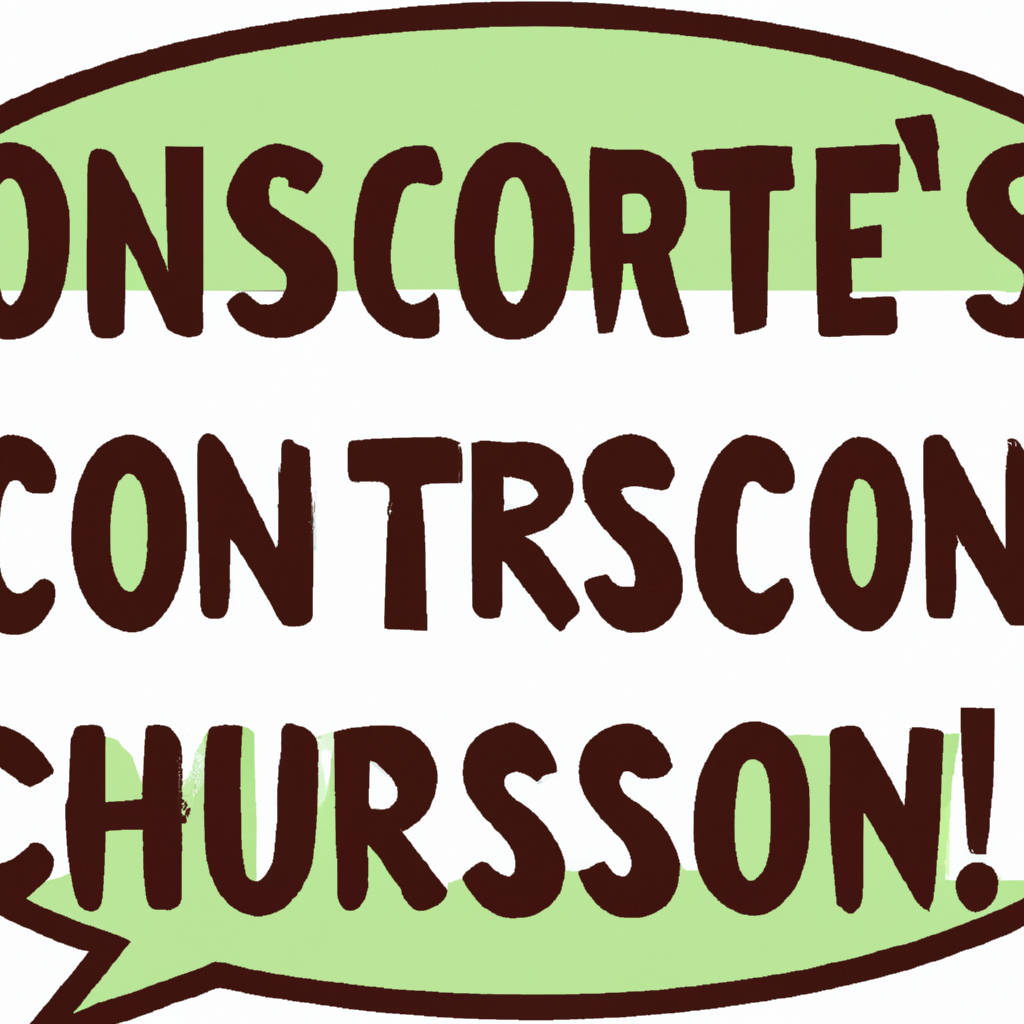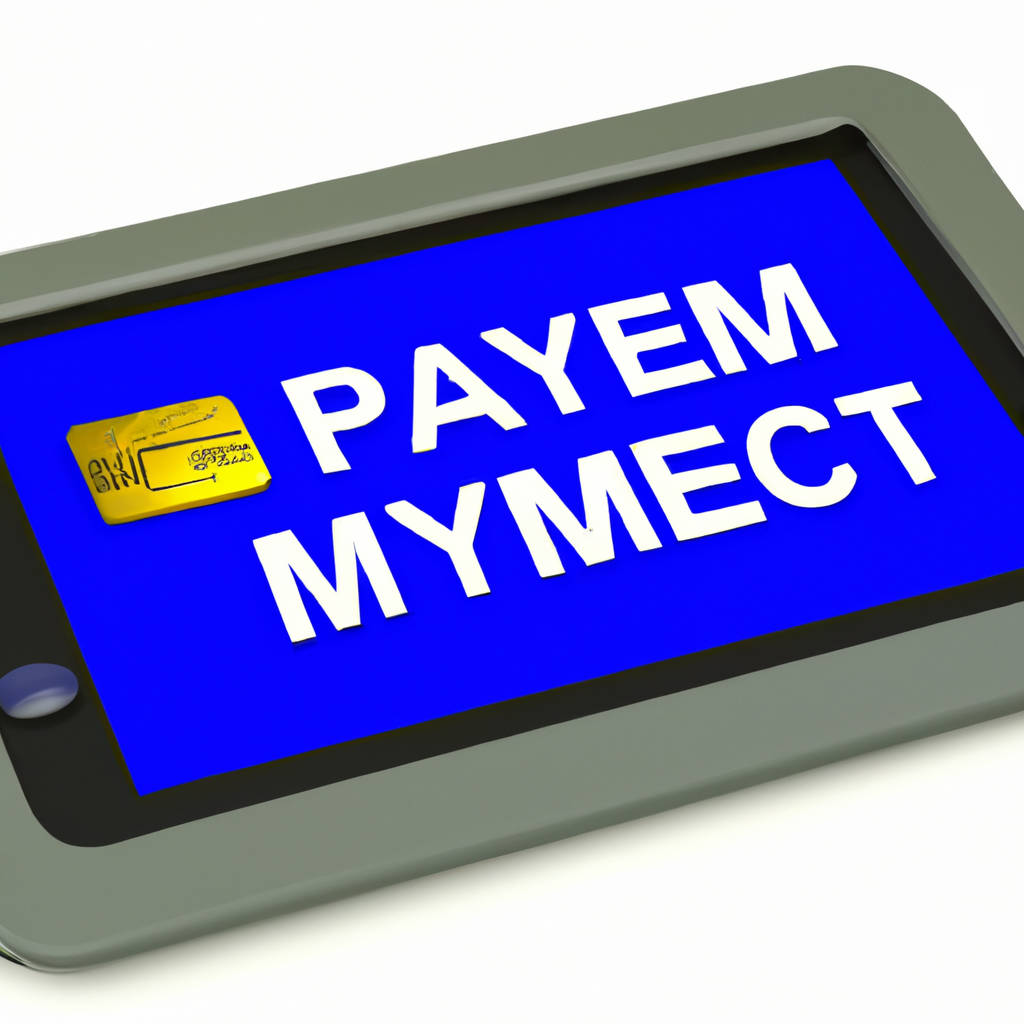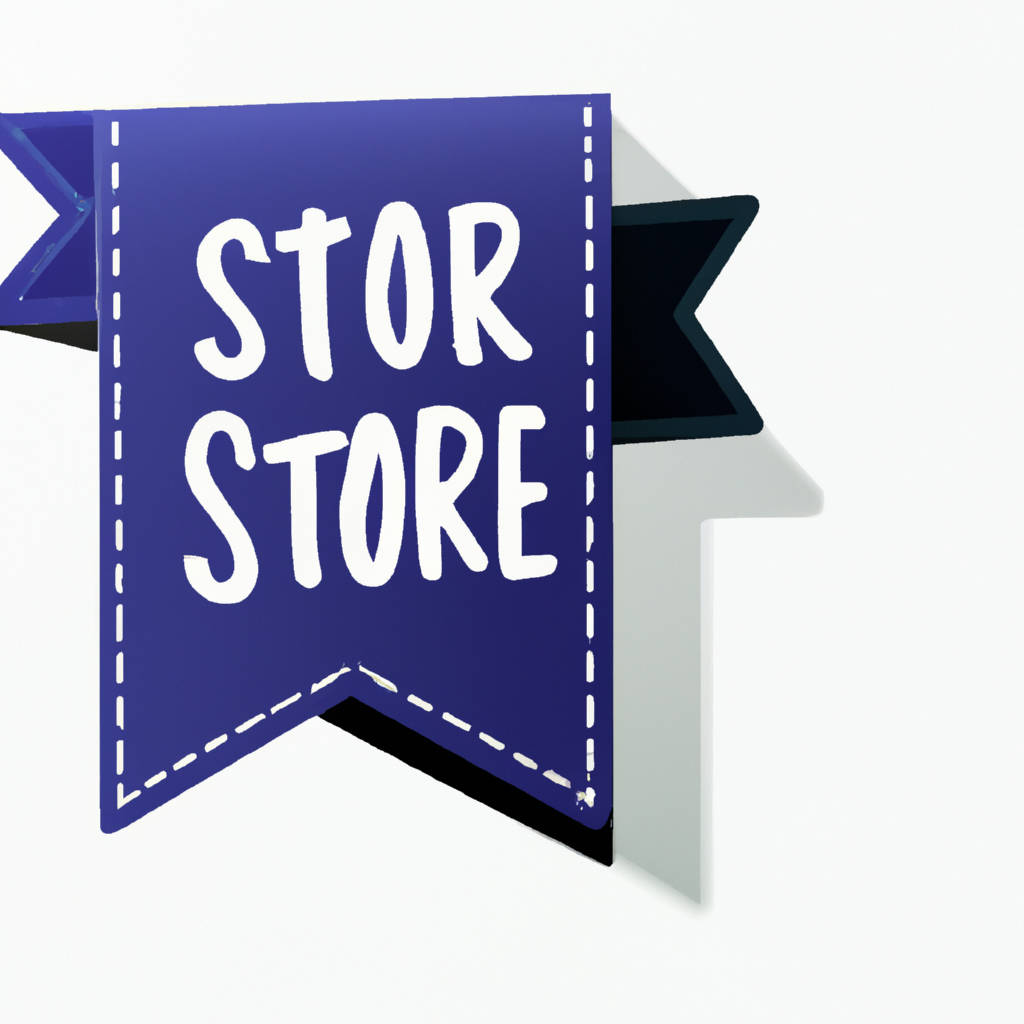A consignment shop is a retail establishment that specializes in selling second-hand items that are still in excellent condition. It operates using a unique business model in which individuals, known as consignors, provide the shop with items to sell. These items could range from clothing and accessories to furniture and household goods. The shop then displays these items and sells them to customers. The shop and the consignor share the profit from these sales, usually with a predetermined percentage split.
This arrangement allows the consignor to earn money from items they no longer need, while the shop makes a profit without having to invest in inventory. It also provides customers with an opportunity to purchase quality items at a lower cost. The items in a consignment shop are often unique and can range from high-end designer pieces to vintage treasures, making these shops popular among bargain hunters and collectors. It’s important to note that consignment shops differ from thrift stores in that consignment shops are more selective about the items they accept, focusing on items that are in excellent condition and often from well-known brands.
The consignment process is typically governed by a contract between the shop and the consignor, outlining the terms of the arrangement, including the percentage split of sales, the duration for which items will be displayed, and the handling of unsold items. The popularity of consignment shops has grown significantly, aided by the rise of online consignment platforms that allow people to consign items from the comfort of their homes. By providing a platform for selling pre-loved items, consignment shops contribute to a more sustainable way of shopping, reducing waste and promoting the reuse of items.

Consignment Definition
Consignment is a business arrangement or method primarily used in the retail industry, where a store or a retailer agrees to sell merchandise or goods owned by a third party, typically referred to as the consignor. In this agreement, the consignor retains ownership of the goods until they are sold. The retailer, also known as the consignee, acts as an intermediary between the buyer and the consignor. The consignee only pays the consignor when the goods are sold and earns a commission for facilitating the sale.
If the goods aren’t sold within an agreed-upon time frame, the consignee can return the unsold merchandise to the consignor without having to pay for them. This business model reduces the risk for the consignee while providing an outlet for the consignor to sell their goods. It’s often used for specialty items, antiques, artwork, or secondhand goods. The specifics of the consignment agreement, including the time frame, commission rate, and responsibilities of each party, are typically outlined in a consignment contract. This contract ensures that both parties understand their duties and the terms of the agreement.
The use of consignment arrangements can greatly benefit both parties involved. For the consignor, it provides an opportunity to sell goods without investing in a physical storefront or online platform. For the consignee, it allows them to offer a broader range of products without the need for a significant upfront investment in inventory. As such, consignment offers a beneficial and flexible retail solution for many businesses.
Consignment Sales Explained
Consignment sales refer to a retail business model where a store sells products on behalf of a seller, often referred to as the consignor. The consignor retains ownership of the products until they are sold, at which point the store, known as the consignee, receives a portion of the sales proceeds as commission. The remaining profit goes to the consignor. This type of business model is a mutually beneficial arrangement for both the consignor and the consignee, as consignors can sell their items without the need for a retail space, while consignees can stock their stores with a variety of items without having to purchase inventory upfront.
Consignment sales are particularly popular in the fashion industry, where second-hand or vintage items are often sold on consignment. They also play a significant role in the art world, where galleries typically sell artworks on consignment. However, this model can be applied to any industry where items have a high resale value.
One of the key aspects of consignment sales is the agreement between the consignor and the consignee. This agreement typically outlines the terms of the consignment sale, including the duration of the consignment period, the pricing of the items, and the division of the sales proceeds.
The success of a consignment sale often depends on the pricing of the items. If the items are priced too high, they may not sell, leaving the consignor with unsold inventory and the consignee without a commission. On the other hand, if the items are priced too low, the consignor may not make a sufficient profit, and the consignee’s commission may not cover their operating costs.
In conclusion, consignment sales provide an effective way for sellers to reach a wider market without the need for a physical retail space, while allowing stores to offer a wide variety of items without the risk and expense of stocking inventory. However, careful management and pricing strategies are required to ensure the success of this business model.
Best Time for Consignment
The optimal period for consignment largely depends on the type of goods involved and the market demand. For instance, seasonal items such as holiday decorations or summer clothing would be best consigned right before or at the start of their relevant season to maximize their appeal to potential buyers. The same principle applies to sports equipment, where demand would likely peak right before the start of the sporting season.
However, for non-seasonal items, it’s often recommended to consign them at a regular interval throughout the year. This ensures a steady supply of items, which can help maintain customer interest and store traffic. It’s also advisable to consider the consignment shop’s policies and peak times. Some shops may have specific intake periods, while others may see more customers during certain times of the year. By aligning the consignment of goods with these factors, one can increase the chances of a successful sale. Lastly, it’s essential to provide items in the best possible condition, regardless of when they are consigned.
This not only increases their appeal to buyers but also their potential resale value. It’s worth noting that the perfect time for consignment can vary significantly between different regions and markets, making research and understanding local consumer habits key to achieving the best outcome.
Pros of Consignment Shops
Consignment shops offer a plethora of benefits to both buyers and sellers. From a seller’s perspective, these stores provide an opportunity to declutter and make some extra money from items that are no longer needed or used. This is an efficient way to recycle goods, promoting sustainability as items are given a second life instead of ending up in a landfill. On a buyer’s perspective, consignment shops are a treasure trove of unique, vintage, and high-quality items sold at significantly lower prices compared to retail stores.
This contributes to the affordability factor, making it accessible for consumers looking for budget-friendly options. Additionally, consignment shops often carry a wide range of goods from clothing to furniture, making them a one-stop-shop for many needs. This variety also means that every visit to a consignment shop is a new experience, as the stock is continually changing based on what items sellers bring in. Furthermore, shopping at consignment stores supports local businesses and the local economy, as these shops are predominantly small, independent businesses.
Lastly, these shops also foster a sense of community as individuals exchange goods, often leading to interactions that wouldn’t occur in a typical retail setting. In conclusion, consignment shops are a beneficial, sustainable, and community-oriented alternative to traditional retail shopping.

Consignment Store Drawbacks
While consignment stores can offer a plethora of benefits such as affordable prices and the ability to sell unwanted items, they are not without their drawbacks. One of the primary concerns associated with these retail establishments is the quality of the products. Unlike traditional retail stores that offer brand-new merchandise, consignment shops primarily deal with used items.
Therefore, the condition of the goods can vary significantly, and some might even have hidden defects or damages that aren’t immediately noticeable. Another major drawback is the lack of return policies. In most cases, consignment stores do not allow returns or exchanges, making it crucial for shoppers to thoroughly inspect their desired items before purchasing. A further issue is the inconsistency in the availability of specific items or brands. Unlike regular stores where you can expect to find a certain product or brand, consignment stores have a constantly changing inventory based on what people are selling at the time.
This unpredictability can be frustrating for shoppers seeking specific items. Lastly, for those intending to sell items through consignment, the process can be somewhat disheartening. Consignment stores typically take a significant percentage of the sale price as commission, meaning potential sellers might not earn as much as they initially hoped. Furthermore, items might stay on the shelves for a long time before they find a buyer, delaying the seller’s receipt of payment. These are just some of the potential drawbacks that may make consumers hesitant to fully engage with consignment stores.
Start Your Store Here!
Start Your Store Here! An idea that has been brewing in your mind for some time and now is the perfect time to bring it to life. Perhaps you’ve always dreamed of opening your own boutique, or maybe you’ve discovered a gap in the market for a certain product. Whatever your motivation, embarking on this entrepreneurial adventure is a thrilling prospect. Whether you’re planning to open a physical location or launch an online platform, the first step is to choose the right location or platform that aligns with your vision and target market.
It is crucial to conduct a thorough research about your potential customers and the competition in the area or online space. This will provide you with valuable insights and help you define your unique selling proposition. Once you have a clear understanding of your market, you can begin to develop your business plan. This should detail every aspect of your store, from the products you intend to sell, to your pricing strategy, marketing plans, and financial projections.
Next, you need to secure the necessary funding. This could be from personal savings, a business loan, or investors. Remember, starting a store requires significant upfront costs, including rent, inventory, and marketing expenses. Therefore, you need to ensure you have sufficient funds to not only open your store, but also to sustain it through the initial stages until it becomes profitable.
Finally, you’ll need to source your products or develop them if you’re creating your own brand. It’s important to choose quality products that meet your customers’ needs and preferences. Then, create an inviting and customer-friendly store layout or website design that reflects your brand’s identity and enhances the shopping experience.
Starting your own store may seem like a daunting task, but with careful planning, sufficient funding, and a passion for your product, it can be an incredibly rewarding experience. So, why wait any longer? Start your store here and embark on an exciting journey of entrepreneurship.

Add Your Products
Adding your products to an online platform is an essential step in expanding your business reach in today’s digital age. It involves a few crucial steps that need attention to detail to ensure maximum visibility and customer engagement. The initial step involves high-quality product photography, showcasing your product from multiple angles, capturing its various features and specifications. This visual representation can be instrumental in influencing potential customers’ purchasing decisions. Following this, creating a compelling product description is vital. This should include the product’s key features, its benefits, and how it stands out from its competitors. Remember, the aim is to provide information that will convince the customer to choose your product over others.
Integrating your products into a user-friendly and navigable website layout is also a critical aspect. This involves categorizing your products appropriately, making it easy for customers to find the exact product they’re looking for. Pricing your products competitively yet profitably is another important consideration. Offering different payment options can also enhance the user experience.
Post-sale service like easy returns, warranty, and efficient customer service can boost your product’s appeal. Encouraging customer reviews and feedback serves as social proof and builds trust in your products. Lastly, promoting your products through various channels like social media, email marketing, and online ads can significantly increase your product’s visibility and sales. In conclusion, adding your products to an online platform isn’t simply about listing them; it’s about creating a compelling, convenient, and trust-building customer experience that drives sales and business growth.
Payment Setup
Payment setup involves the configuration of a system or platform which enables an individual or a business to send and receive funds in exchange for goods or services. This process often includes the integration of various components such as a merchant account, payment gateway, and payment processor. A merchant account is a specific type of bank account that allows businesses to accept payments in multiple ways, typically debit or credit cards. A payment gateway is a service that authorizes credit card or direct payments processing for e-businesses, online retailers, and bricks and clicks. Lastly, a payment processor is a company (often a third party) appointed by a merchant to handle transactions from various channels such as credit cards and debit cards for merchant acquiring banks.
The configuration of these elements often requires a series of steps like registering for an account, linking the account to a bank or financial institution, and setting up the necessary hardware or software. Furthermore, proper payment setup should ensure that all transactions are secure, protecting both the payer and the payee from potential fraud. This is often achieved through measures like encryption, tokenization, and the use of secure sockets layer (SSL) certificates.
In conclusion, payment setup is a crucial aspect of any business model. It facilitates smooth and secure transactions, and thus, plays a vital role in enhancing customer satisfaction and boosting business growth. However, it requires careful planning and implementation, involving an understanding of various components and their interplay, to ensure its effectiveness.
